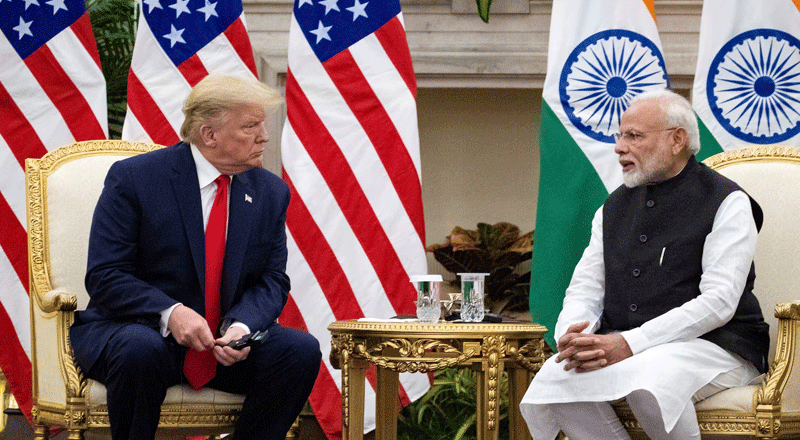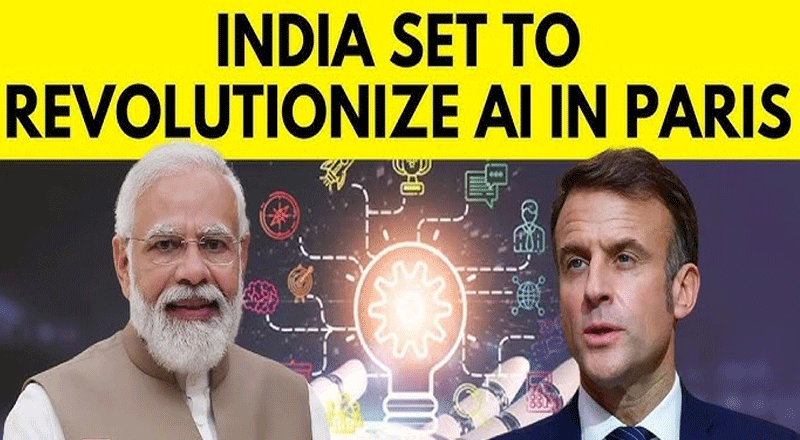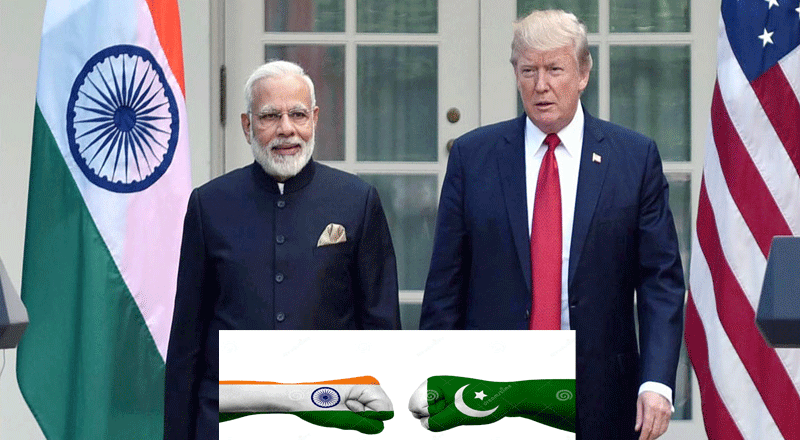As US President Donald Trump threatens new tariffs of 25% on steel and aluminium imports, India is preparing a strategic response. Prime Minister Narendra Modi’s government is leveraging recent tariff reductions to argue against India being categorized as a high-tariff nation. The upcoming Modi-Trump meeting is expected to focus on trade concerns, particularly India’s commitment to reducing import duties and fostering stronger bilateral economic ties.
India’s Recent Tariff Reductions
In an effort to ease trade tensions, India has implemented tariff cuts on multiple products, including motorcycles—such as the Harley Davidson—and other key imports. Officials argue that these measures demonstrate a conscious effort to align India’s trade policies with global expectations, specifically bringing tariffs closer to ASEAN levels. The Union Budget has reduced India’s average tariff by one percentage point, bringing it down to 10.6%.
Trade officials emphasize that India’s duties on top US imports, including oil, gas, diamonds, and aircraft, have steadily declined, with the average duty now not exceeding 7.5%. By highlighting these reductions, India aims to counter Trump’s claims that it is among the world’s “worst tariff manipulators.”
The Strategic Dimension
Beyond economic considerations, officials are also banking on India’s strategic importance to the United States. The Modi administration recognizes that Trump’s transactional approach to trade negotiations means nothing can be taken for granted. However, given the broader geopolitical significance of India-US relations, it is unlikely that Washington will take measures that severely strain ties with New Delhi.
Historically, Modi and Trump have shared a strong working relationship, which adds an element of predictability to their discussions. India is expected to emphasize the mutual benefits of maintaining stable trade relations, while the US administration is likely to push for further tariff reductions and market access.
The Impact of US Tariffs on Indian Exports
While Trump’s proposed tariffs on steel and aluminium have raised global concerns, their direct impact on India is expected to be limited. In the last fiscal year, India’s iron and steel exports to the US amounted to approximately $475 million, while iron and steel products accounted for an additional $2.8 billion. Aluminium exports, including related products, were valued at just under $950 million in 2023-24.
The US had previously imposed 25% tariffs on steel and 10% on aluminium in 2018, citing national security reasons. These duties affected a wide range of steel products, including pipes and tubes, but excluded stainless steel. The measures led to retaliatory tariffs from various countries and heightened global trade tensions, even affecting American automobile manufacturers.
To conclude, we can Despite Trump’s characterization of India as a high-tariff nation alongside China, Brazil, and Mexico, India has not yet faced direct trade sanctions. The upcoming Modi-Trump meeting provides an opportunity for India to reinforce its position as a responsible trade partner while advocating for the easing of tariff threats. With India’s recent tariff reductions as a key talking point, the meeting is expected to focus on reinforcing economic and strategic ties, ensuring that both nations benefit from a stable and cooperative trade relationship.
(With inputs from agencies)





